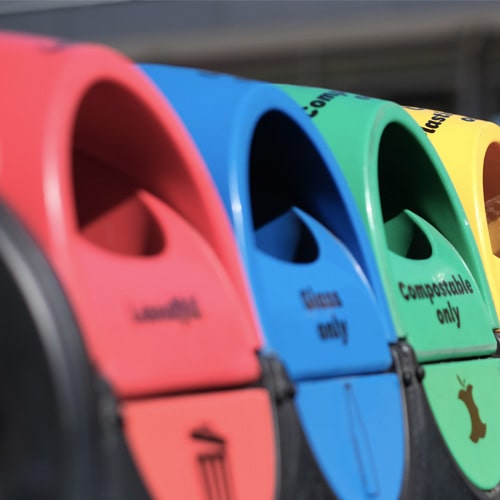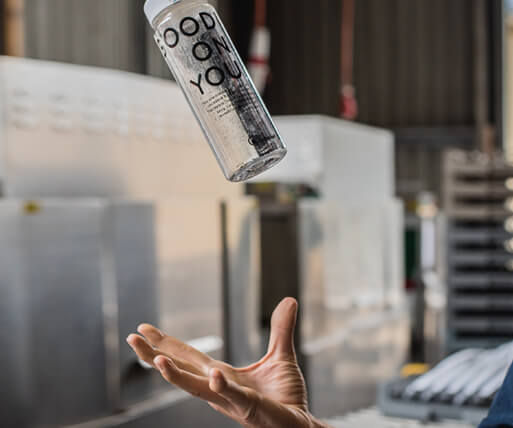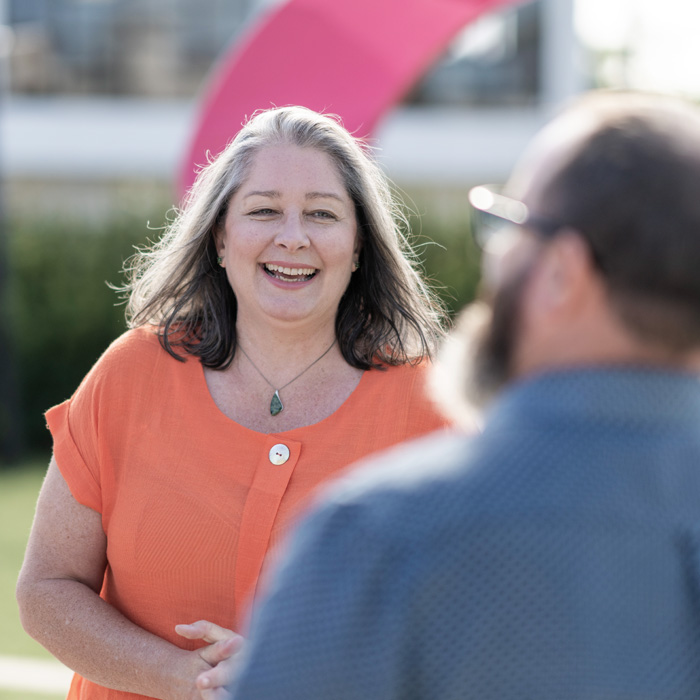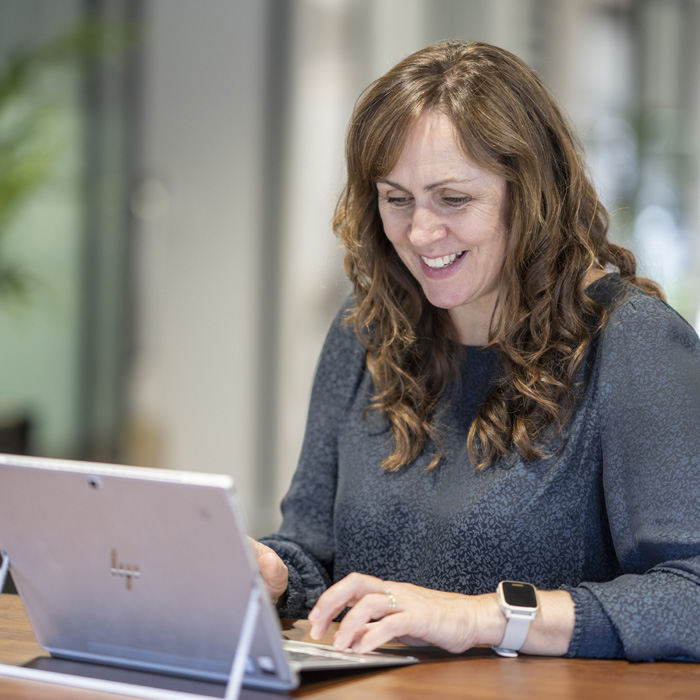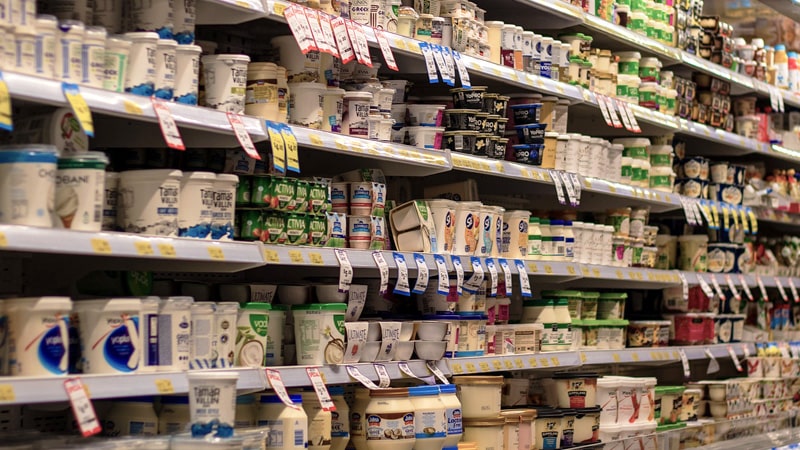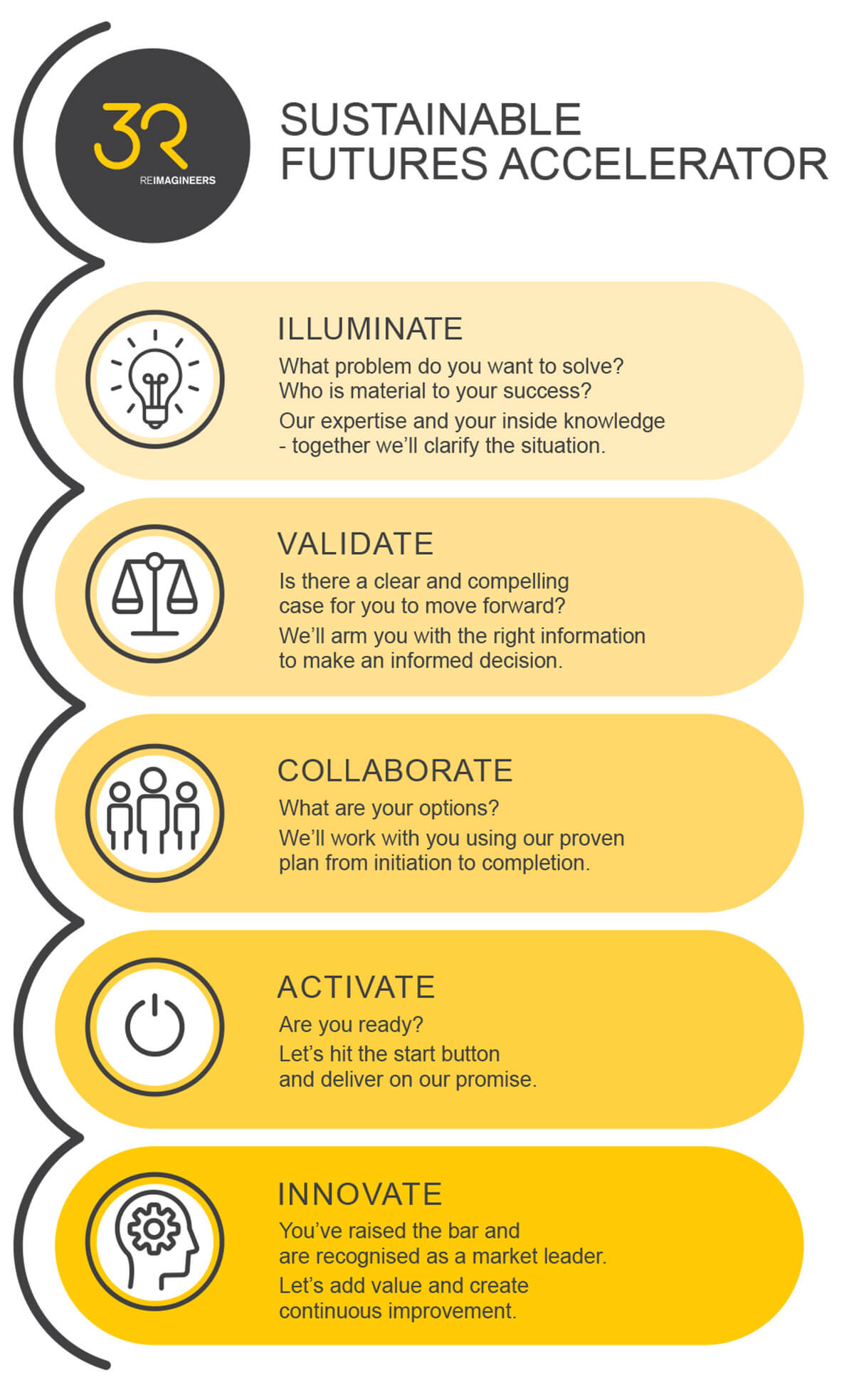Finding the sustainable packaging sweet spot
Sustainable packaging has become something of a hot topic recently, but as designers will know it’s more than just about ensuring packaging can be recycled, composted or reused.
Packaging often serves a vital function as the first, and sometimes only, line of defense against food becoming contaminated or spoiled. This means it’s not only about food safety but food waste too.
Designers and packaging technologists must therefore balance food safety and wastage with the sustainability of the packaging. And, in a world where convenience is king, products are often shipped worldwide, and the demand for a long shelf is high, it’s no easy feat.
However, there are three ways to begin tackling the problem.
Firstly, apply the waste hierarchy (reduce, reuse, recycle) to keep the packaging as simple as possible. This means avoiding unnecessary and multi-layered packaging – while it’s not always possible to have less packaging, it could be less complicated.
Question your packaging supplier: What is essential so the packaging meets quality requirements, and what is simply a ‘nice to have’ which may make the packaging less sustainable?
Secondly, use the packaging to tell your story. Packaging is undoubtedly valuable real estate, but with sustainability rising ever higher on consumers’ shopping lists, it’s becoming a competitive advantage to highlight a product’s green credentials. Engage consumers in your journey to more sustainable packaging and you’re on to a winner.
Thirdly, use labelling on packaging to help dispel confusion for consumers.
Labelling is an easy way to make it clear and easy for consumers to recycle, compost or dispose of the packaging correctly. If you’re unsure about your packaging speak to an industry group or recycling specialist – you may well be selling something which is recyclable, but it’s not necessarily clear to your customers.
Finally, keep in mind there are Government-imposed phase outs, bans and regulation for a vast swath of plastics packaging on the very near horizon. Change is coming, but it’s always easier to negotiate it when you are on the front foot.
Natalie Martin has a background in food technology and over 10 years’ experience in new product development for FMCG and still supports the industry as a consultant. At 3R, Natalie works in new product development for various waste streams, including packaging.
The third in a series written for NZ Food Technology.
Natalie Martin is 3R Group’s Materials Innovation Manager
Connect with Natalie on LinkedIn

